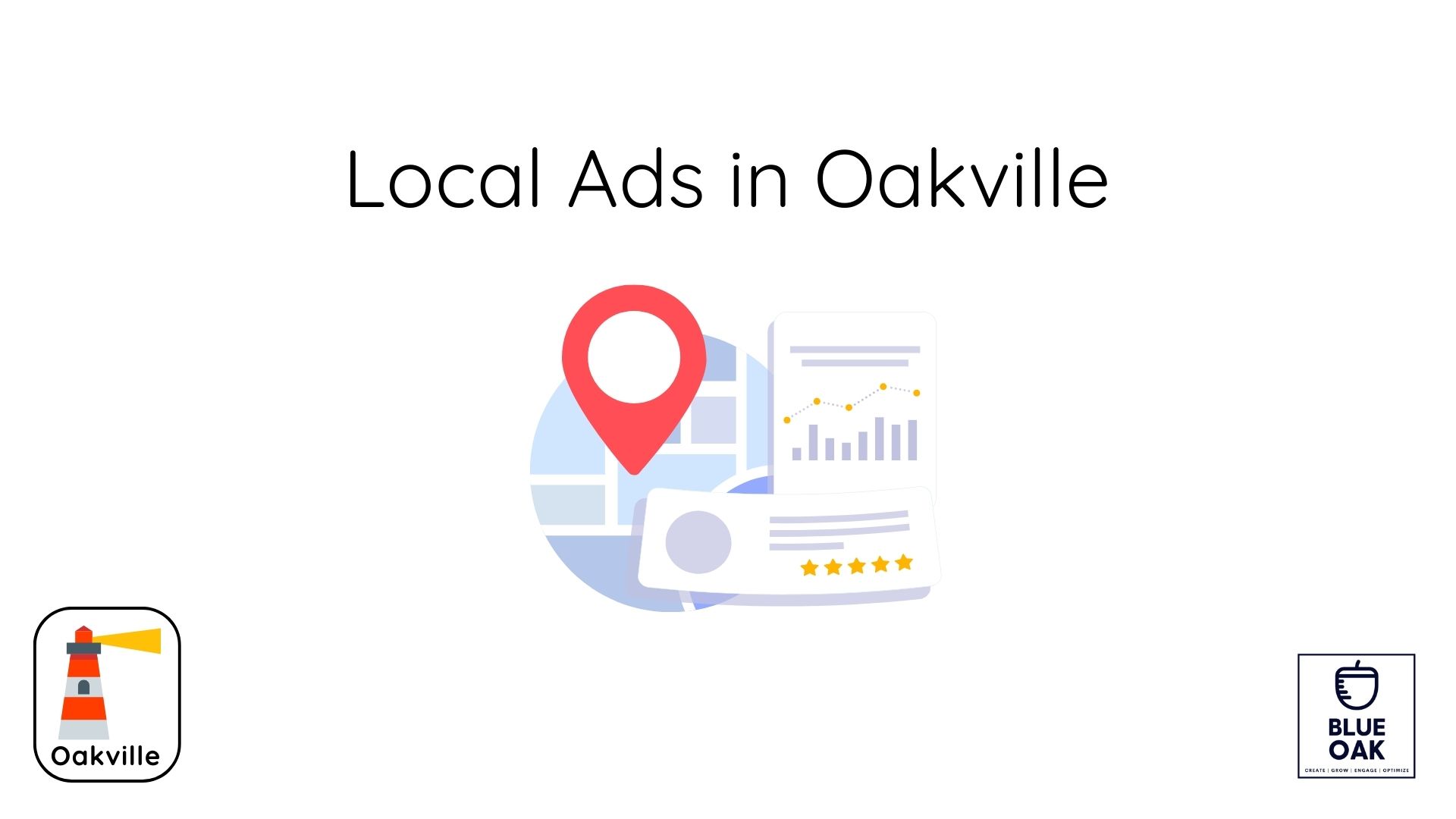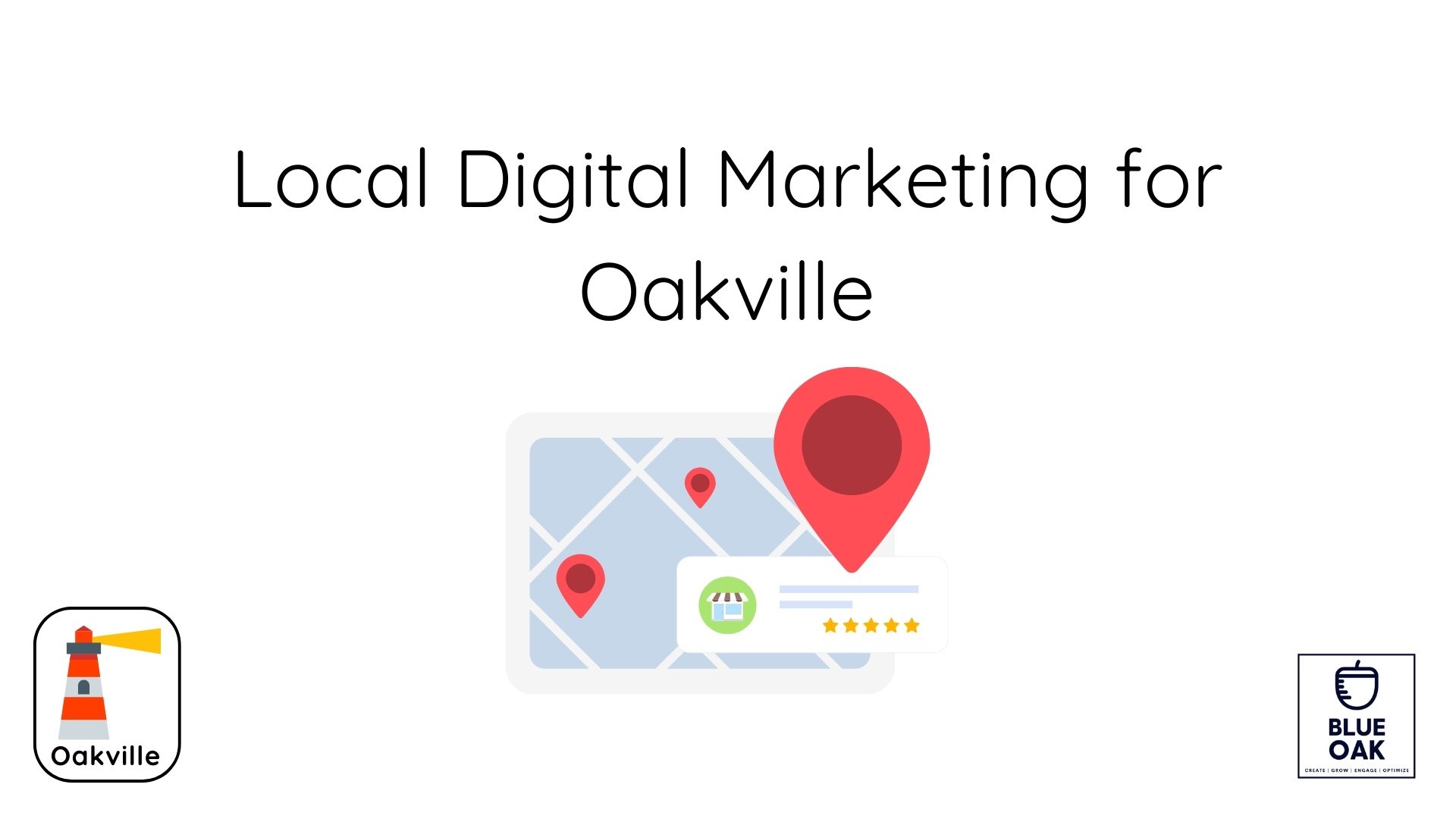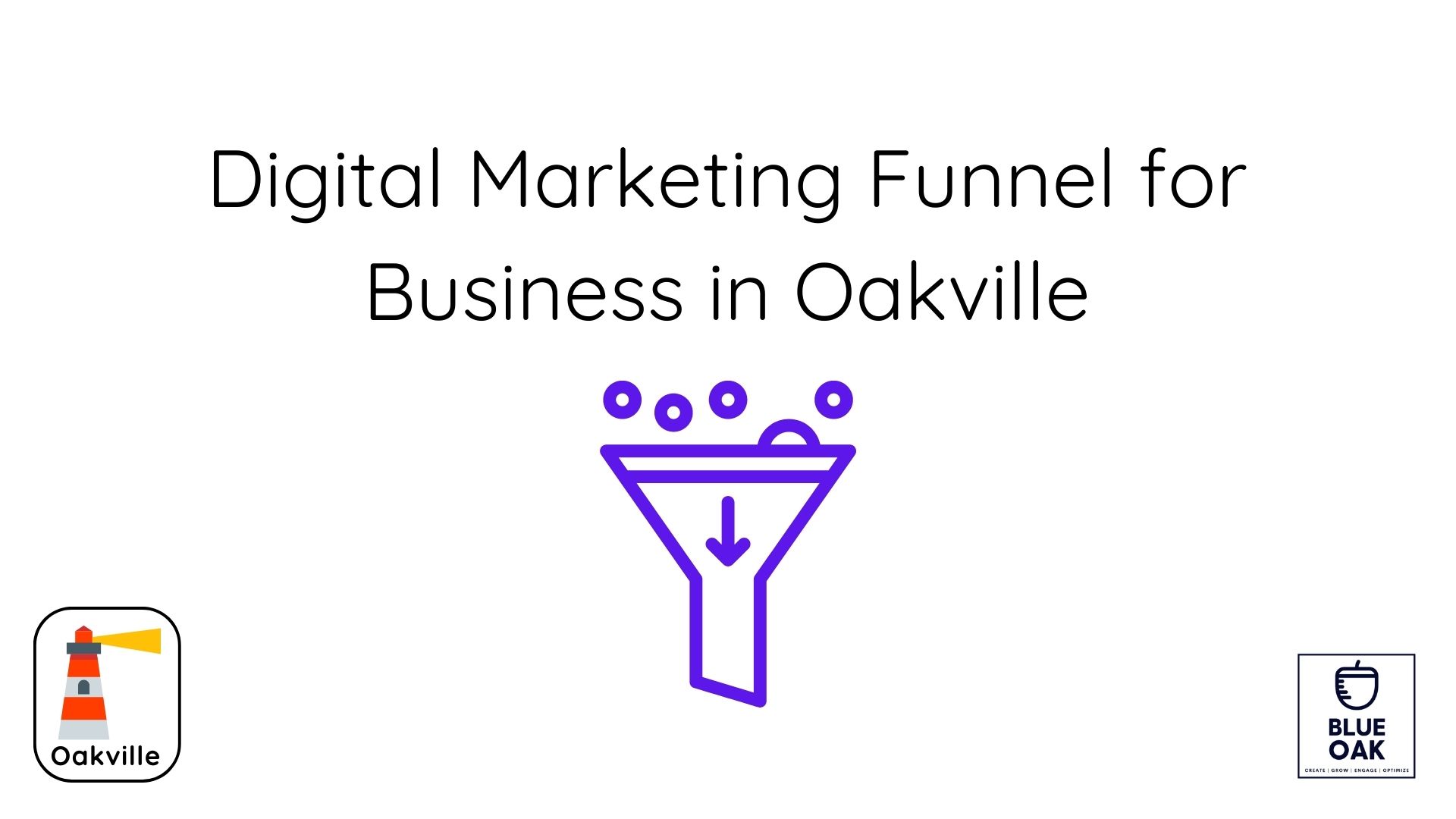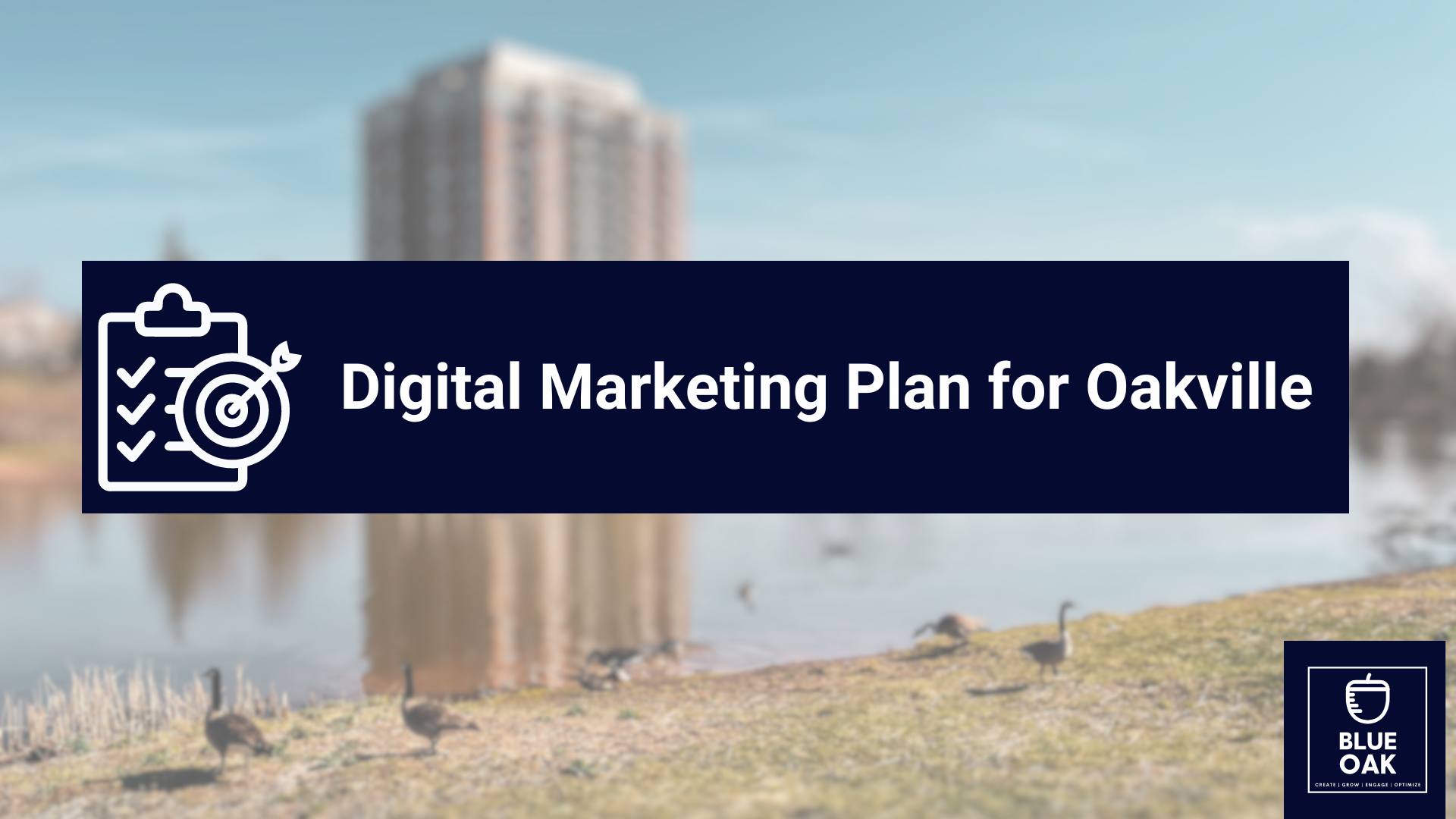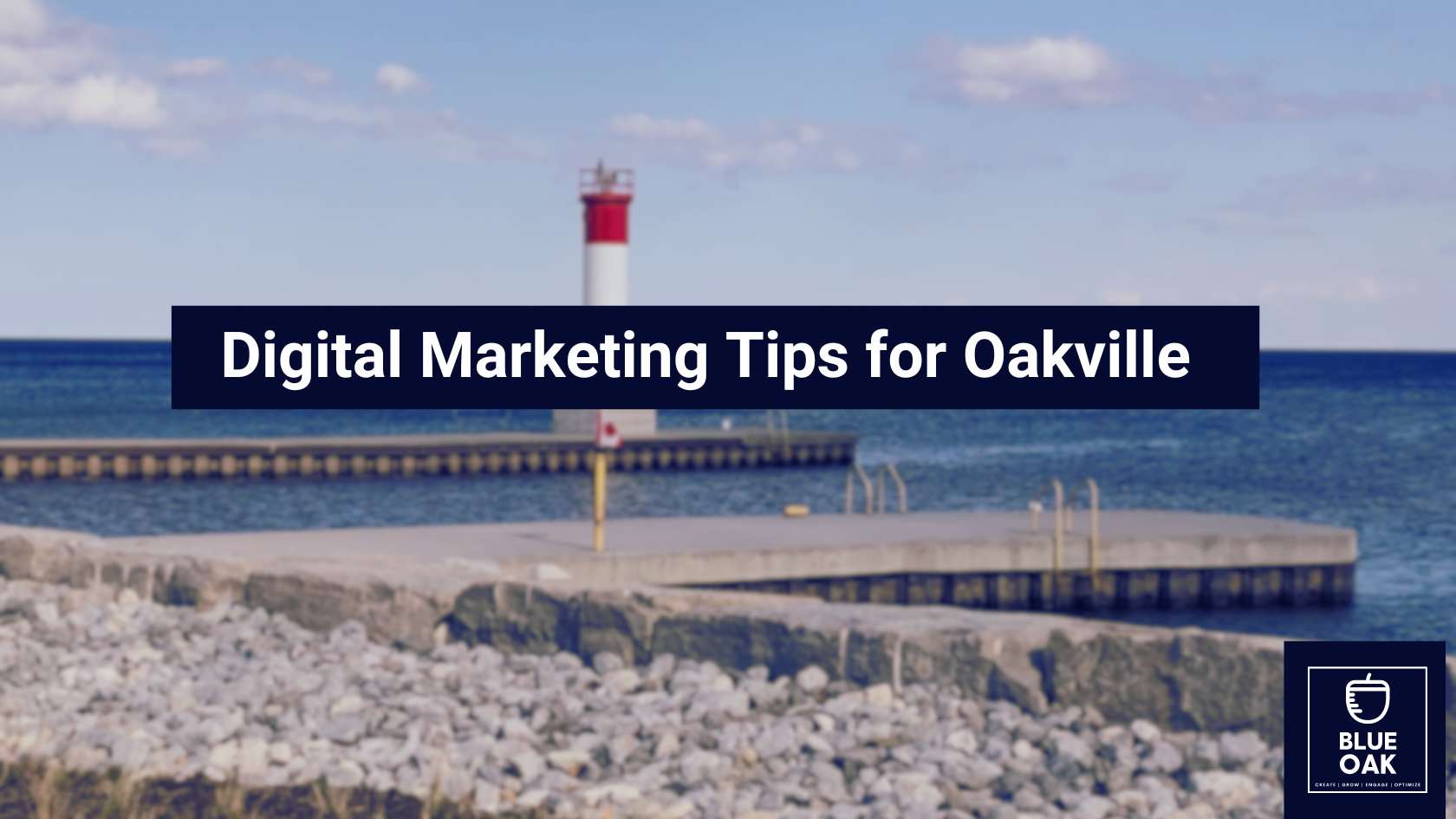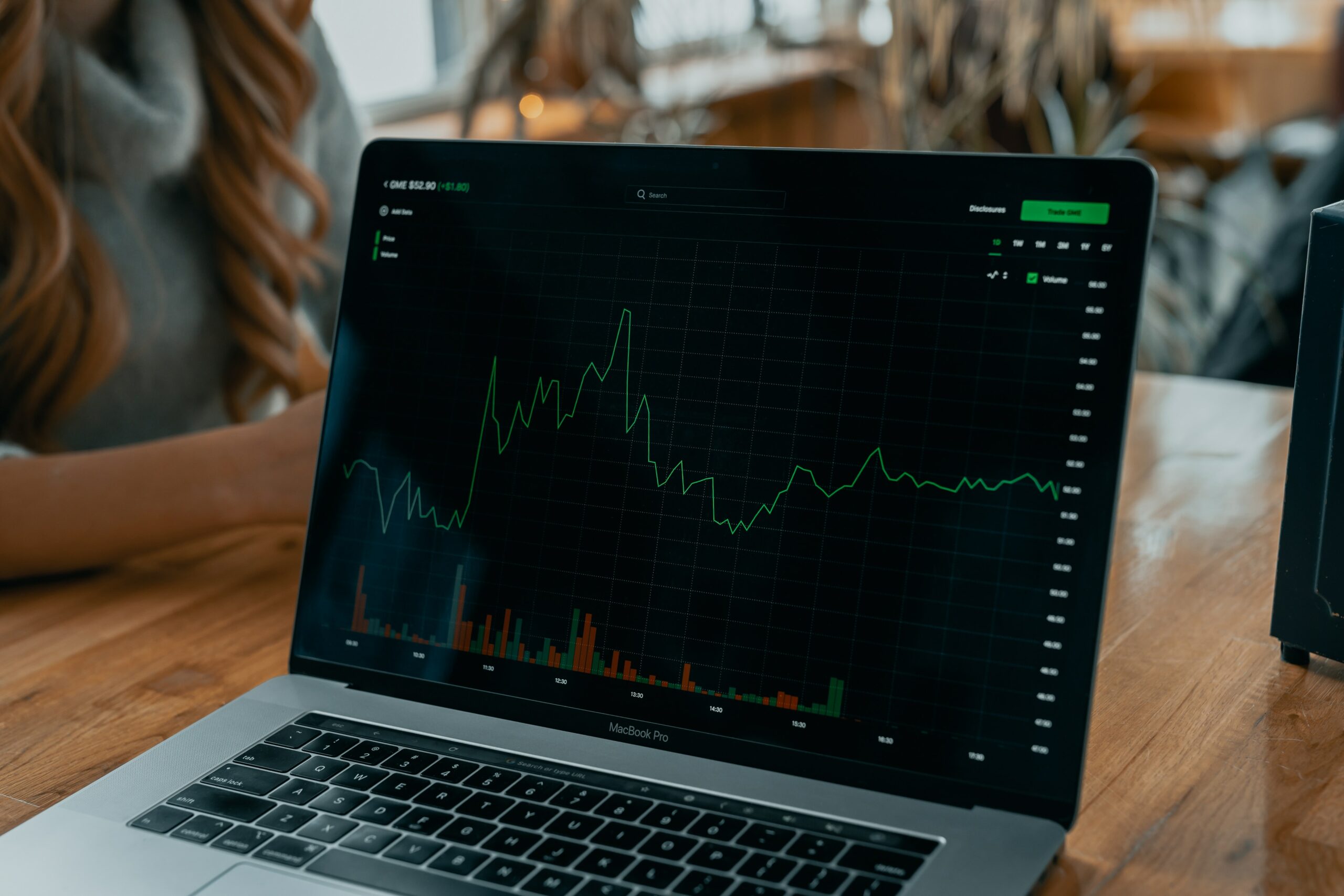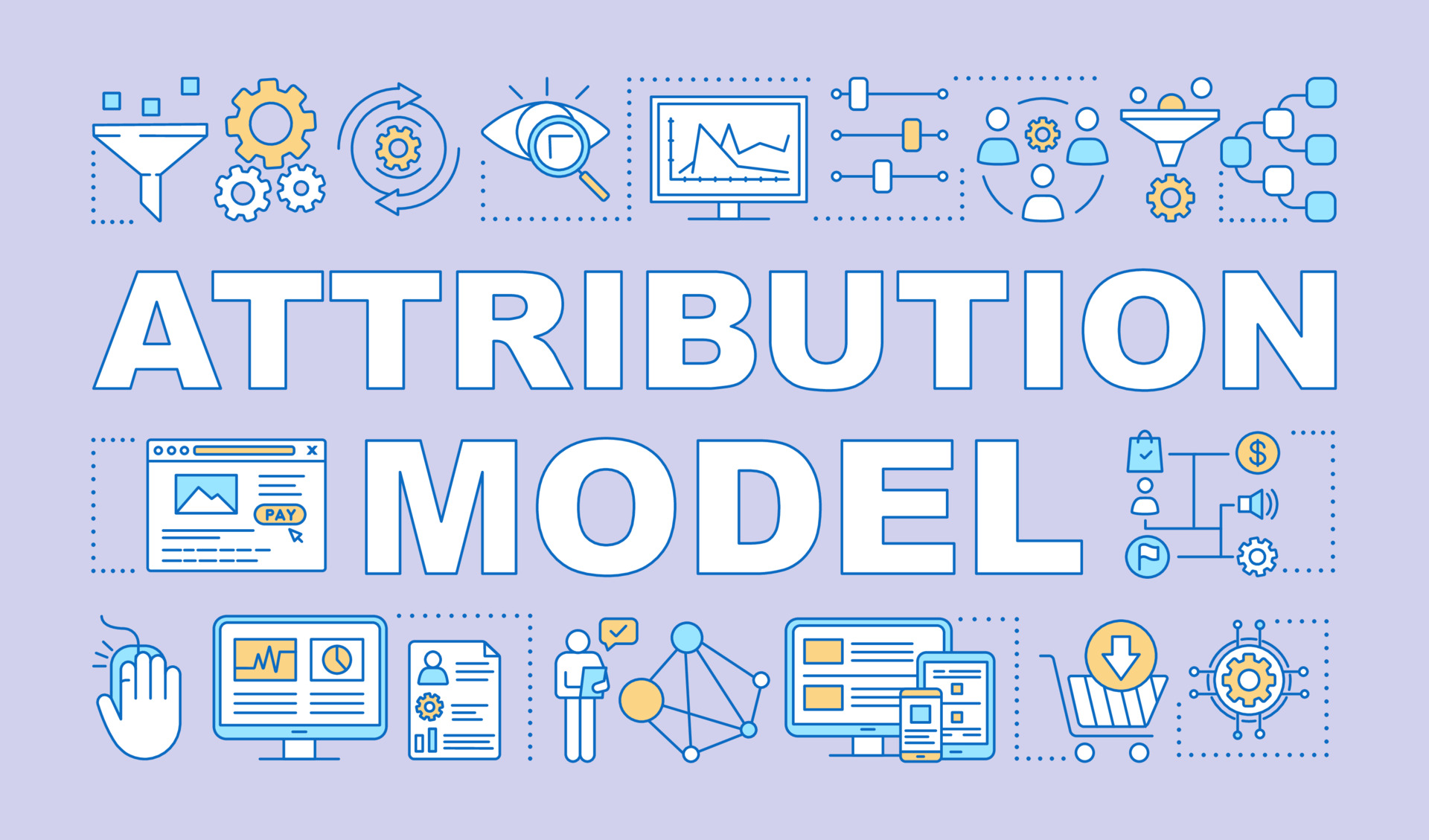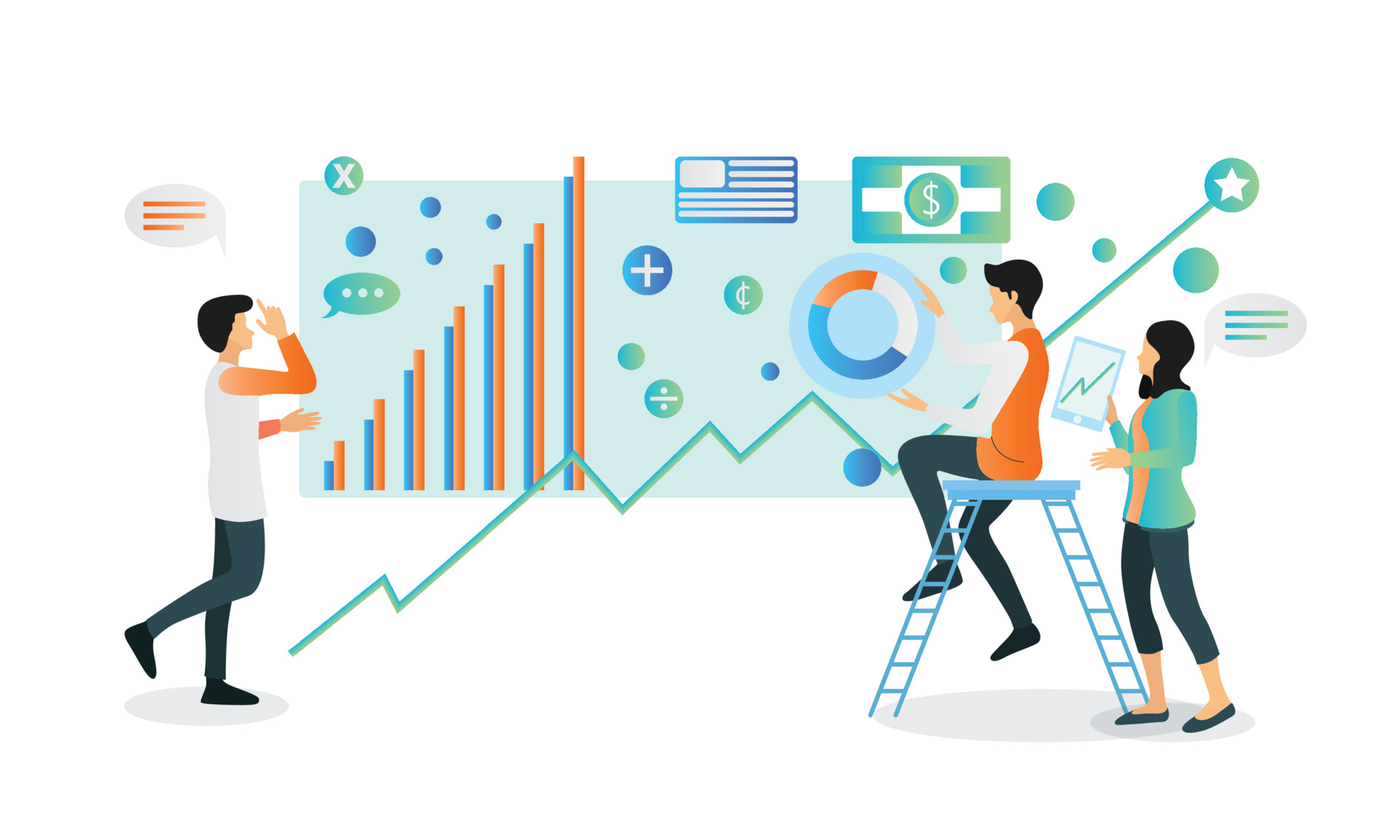What is Bounce Rate in Digital Marketing?
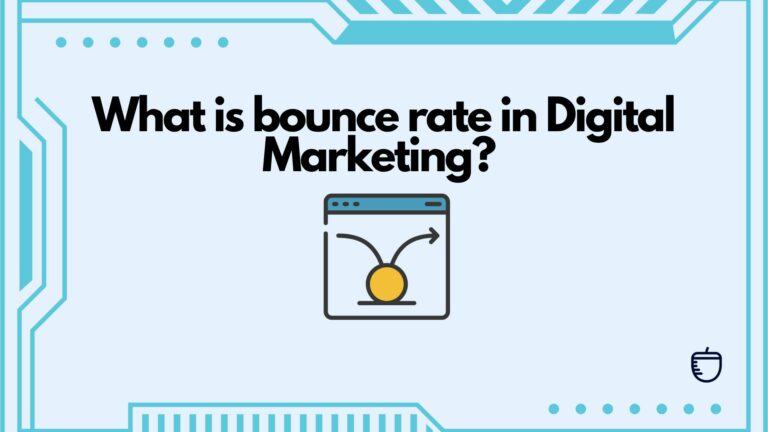
Have you ever gone to a website, clicked on it, and then left almost right away because it wasn’t what you thought it would be? In the digital world, we call that a “bounce.” Your “bounce rate” goes up if this happens a lot on your website. But what does that mean, and why should you care?
Table of Contents
ToggleIn the simplest terms, the bounce rate is like a digital heartbeat for your website. It tells you if people are staying and enjoying your website or if they’re leaving quickly.
It’s an important part of making a good website because it lets you know if something might be wrong. Understanding and improving this rate can make your website better, keep visitors around longer, and help your business grow.
So are you ready to learn more? Let’s dive in and make the bounce rate your new best friend in the digital marketing world!
What is the Bounce Rate?
Bounce rate, in the realm of digital marketing, is a crucial analytic metric that reveals the percentage of visitors to your website who navigate away from the site after viewing only one page. It essentially reflects the effectiveness of your website at engaging visitors beyond their initial landing page.
To put it simply, if a user lands on your website, doesn’t interact with any other elements or pages, and leaves, that’s counted as a ‘bounce’. More technically, bounce rate is single-page sessions divided by all sessions or the percentage of all sessions on your site in which users viewed only a single page and triggered only a single request to the Analytics server
Bounce Rate vs. Exit Rate
One common point of confusion in web analytics is the distinction between website bounce rate and exit rate. While they may seem similar, they indicate different aspects of user behavior. As we’ve mentioned, the average bounce rate is the percentage of visitors who leave after viewing only the page they landed on.
The exit rate, on the other hand, is the number of users who leave your site from a certain page, no matter how many other pages they viewed before leaving. It basically tells you the last page a person looked at on your site before leaving.
The exit rate metric can be used to understand which pages users most commonly leave your website from, which can be valuable when optimizing your website’s user journey and identifying any potential issues with specific pages.
Why is Bounce Rate Important?
Understanding the bounce rate is critical for various reasons. A high bounce rate typically indicates that site entrance pages aren’t relevant to your visitors, the page design isn’t appealing, the site navigation is confusing, or the page load speed is slow, among other things.
By analyzing the site’s bounce rate, you can identify such issues and work towards improving your website’s design, site content, and overall functionality to better meet your visitors’ needs and expectations.
Is a High Bounce Rate Bad?
A high bounce rate is often perceived negatively, as it suggests that a website is not resonating well with its visitors. For instance, if you run a blog or a news website, a high bounce rate might not necessarily be bad. Users may come to your site, read a single article in full, and then leave, which counts as a ‘bounce’ despite their engagement with your content.
On the other hand, if you run an e-commerce site, a high return rate is probably a problem, since you want people to look at your goods and buy something.
How to Measure Bounce Rate?
Bounce rate can be measured using various web analytics tools. Google Analytics is one of the most popular tools that can help you figure out how many people leave your website right away.
Log into your Google Analytics account, go to your website’s report, and look under “Audience Overview” to find the bounce rate.
What Influences Your Bounce Rate?
Your website’s return rate can be affected by many things, such as:
Quality and relevance of the content:
If the information on your website doesn’t match what people expect or isn’t interesting, they’re likely to leave without looking around any further.
Website Design and User Experience:
An outdated design, confusing navigation, poor color scheme, or any element that leads to a poor user experience can increase your bounce rate.
Page Load Speed:
Internet users typically expect a web page to load within 2 seconds or less. If your website takes too long to load, website visitors are likely to abandon it, leading to a higher bounce rate. Hence page load time is a crucial factor leading to bounce rate optimization.
Types of Traffic:
The source of your traffic can significantly influence the bounce rate. For example, the return rate of visitors from social media sites might be higher than that of visitors from organic search results, or email marketing.
Finding Your Target Bounce Rate
Since what is considered a “acceptable” bounce rate can depend on a lot of different things, it’s important to set a goal bounce rate that works for your website and business plan.
Analyzing industry standards, considering your type of website (e-commerce, blog, informational, etc.), understanding your traffic sources, and knowing your audience can help you define a more personalized target bounce rate.
How to Improve Your Bounce Rate
Improving your website’s bounce rate involves identifying potential issues and implementing strategies to keep visitors engaged. Here are some steps you can take:
Optimize Page Load Speed: Use tools like Google’s PageSpeed Insights to identify elements slowing down your website and implement recommended fixes.
Ensure Mobile Responsiveness: Ensure that your website is fully optimized for mobile devices. This includes not just the design, but also the functionality of various elements on mobile.
Add Clear Call-to-Actions: Clear CTAs guide users to take the desired action, be it reading another blog post, signing up for a newsletter, or making a purchase.
Internal Linking: Guide users to more related content on your website through effective internal linking. This can help increase engagement and decrease the bounce rate.
Reducing Your Average Bounce Rate
Reducing your bounce rate isn’t something that happens overnight; it requires continuous efforts and optimization. In addition to the above tactics, you could also do regular A/B testing to find out what works best for your audience, use analytics to learn about how people use your site, and keep making changes to your site based on what you learn.
A lower bounce rate can lead to more user interaction, more page views, a higher sales rate, and a better user experience overall. But keep in mind that the goal isn’t to get a 0% return rate. The goal is to optimize the user journey on your website so that it meets the needs of your customers and helps you reach your business goals.
In short, the bounce rate is a vital metric in digital marketing. It provides insights into user engagement and the effectiveness of your website.
Advanced Strategies for Reducing Bounce Rate
We’ve covered some basic strategies for improving bounce rates earlier, but let’s discuss some advanced tactics.
Implement a Structured Content Strategy:
This involves presenting your content in a manner that progressively engages users and encourages them to navigate to other parts of your site. This could be through compelling storytelling, data-driven content, interactive content, or personalized content based on user behavior.
Leverage AI and Machine Learning:
AI can help analyze user behavior in real-time and deliver personalized recommendations, encouraging users to stay on your site longer. Machine learning algorithms can also predict and address user needs before they bounce.
Refine Your Marketing Funnel:
Ensure that you’re attracting the right audience by refining your marketing strategy and focusing on high-intent keywords. Also, ensure your landing pages meet the expectations set by your marketing messages.
Retargeting:
If users do bounce, you can bring them back through effective retargeting strategies. This involves using cookies to track users and then serving them relevant ads on other platforms to encourage them to return.
The Future of Bounce Rate in Digital Marketing
As the digital world continues to evolve, so too will the ways we understand and interpret bounce rate. The rise of AI and machine learning technologies could provide more nuanced insights into why users bounce and how to keep them engaged.
Moreover, with the growing focus on user privacy and data protection, new ways of measuring user engagement might emerge, possibly reducing the reliance on metrics like bounce rate.
Bounce Rate Segmentation
Bounce rate segmentation provides an advanced way to understand your bounce rate and user behavior. Here’s how you can effectively segment your bounce rate:
Segment by Traffic Source: Different sources of traffic may have different bounce rates. Organic traffic, direct traffic, social media traffic, or referral traffic, all may interact differently with your website. Understanding how these traffic sources behave can help you optimize your marketing strategies.
Segment by Device: Users can behave differently on various devices. Segmenting your bounce rate by device (mobile, desktop, tablet) can provide insights into the responsiveness and user experience of your site on different platforms.
Segment by Page Type: Different page types (homepages, product pages, individual pages, blog posts, etc.) might have different user expectations. By segmenting your bounce rate by page type, you can identify problem areas on your website and work on specific improvements.
Bounce Rate and Conversion Rate Optimization (CRO)
Bounce rate has a significant influence on Conversion Rate Optimization (CRO). If users are leaving your site after visiting only one page, they’re likely not converting. Reducing your bounce rate, therefore, can be a valuable part of CRO. To do this, consider the following strategies:
Optimize Landing Pages: Make sure your landing pages meet user standards and are highly related to the source from which they came. The more aligned your landing pages are with user intent, the more likely users are to stay and convert.
Improve Site Usability: Make your website user-friendly by ensuring easy navigation, fast load speeds, clear CTAs, and a pleasing aesthetic.
Personalize User Experiences: Use personalization techniques to make users feel understood and valued. This could involve showing personalized product recommendations, content, or messages based on user behavior or demographic information.
Analyzing Bounce Rate Through Different Lenses
While we have delved into various aspects of bounce rate, let’s now look at bounce rate through different lenses – geographical, demographic, and behavioral – to understand its wider implications.
Geographical Bounce Rate Analysis
Understanding the geographical dimension of your bounce rate can provide insights into how effectively your website resonates with users from different regions. It can highlight cultural differences, language barriers, or regional content preferences.
For example, if people from a certain country leave your website more quickly, you might want to think about whether the content is right for that group or if there are any problems with localization.
Demographic Bounce Rate Analysis
Examining bounce rate based on user demographics like age, gender, and interests can also yield valuable insights. It can help you figure out which groups of people your website is most appealing to and where it could be better.
For instance, if younger users have a higher bounce rate, you might want to review whether your content, design, and marketing strategies are aligning with their preferences and behaviors.
Behavioral Bounce Rate Analysis
The behavioral analysis involves looking at user behavior on your website and how it correlates with bounce rate. You can analyze bounce rate based on different behavioral parameters such as the time of day, day of the week, or user actions.
This can help you identify trends and patterns and make more data-driven decisions to improve user engagement.
Bounce Rate Best Practices: Recap and Refresh
Given how complicated the bounce rate is and how many factors affect it, here are some best practices for controlling and lowering it:
Know Your Audience:
The first step to keeping your audience interested and lowering your bounce rate is to learn about their tastes and habits.
Create Engaging, Relevant Content:
Your writing should be interesting, useful, and about what your audience cares about. It should answer their questions, solve their problems, or entertain them.
Optimize Site Usability and Design:
A well-designed, user-friendly website can significantly reduce bounce rate.
Improve Page Load Speed:
Slow-loading pages can increase your bounce rate. Use tools to check your site’s speed and make necessary improvements.
Use Clear CTAs:
Clear and compelling CTAs can guide users toward taking the desired action and encourage them to explore more of your site.
Analyze and Optimize:
Regularly analyze your bounce rate and other key metrics. Use these insights to identify issues and opportunities, and continually optimize your website for better performance.
Making Bounce Rate Work For You
Bounce rate is a critical metric that offers invaluable insights into user behavior on your website. However, remember that bounce rate is just one piece of the puzzle. It should be viewed within the context of your overall digital strategy and website goals.
Regularly review and analyze your bounce rate alongside other metrics, segment it for deeper insights, and always keep testing and optimizing.
Remember, a ‘good’ or ‘bad’ bounce rate is relative.What matters most is if your website meets the wants of your users and helps you reach your business goals.
So, use the bounce rate to your advantage, not to your disadvantage. Use it as a tool to learn more about your people, make their experiences more interesting, and help them succeed in the digital world.
Frequent Questions about Bounce Rate
What is a bounce rate?
Imagine you walk into a store, don’t find what you need, and leave right away. In the digital world, we call this a ‘bounce.’ The bounce rate is just a fancy way of talking about how often this happens on your website.
How is the bounce rate different from the exit rate?
The bounce rate is about people who leave after only seeing one page. Exit rate is about the last page people see before they leave your site, no matter how many pages they visited before that.
Why should I care about the bounce rate?
If a lot of people are leaving your site after only seeing one page, it might mean they aren’t finding what they need. Understanding your bounce rate can help you make your site better and keep people around longer.
Is a high bounce rate a bad thing?
Not always. Sometimes, people might leave because they found exactly what they needed on the first page. But if you want people to explore your site more, a high bounce rate could be a sign something needs to change.
How do I find out my bounce rate?
Tools like Google Analytics can help you figure out your bounce rate. It shows you how many people left after only seeing one page, compared to the total site visitors.
What can make my bounce rate go up or down?
Many things! This includes how long your site takes to load, if it’s easy to use, and whether the content matches what people expect when they click on your site.
What should my bounce rate be?
There’s no one-size-fits-all answer because every website is different. But as a rule of thumb, if your bounce rate is over 70%, you might want to see if there are things you can improve.
How can I make my bounce rate better?
Making your site load faster, and easy to navigate, and ensuring your content matches what people expect can help improve your bounce rate. So can having clear calls-to-action that guide people where you want them to go next.
Can I lower my bounce rate?
Absolutely! By continually checking your bounce rate and making improvements to your site, you can help more people stay and explore. That’s good for them and good for your business too!

